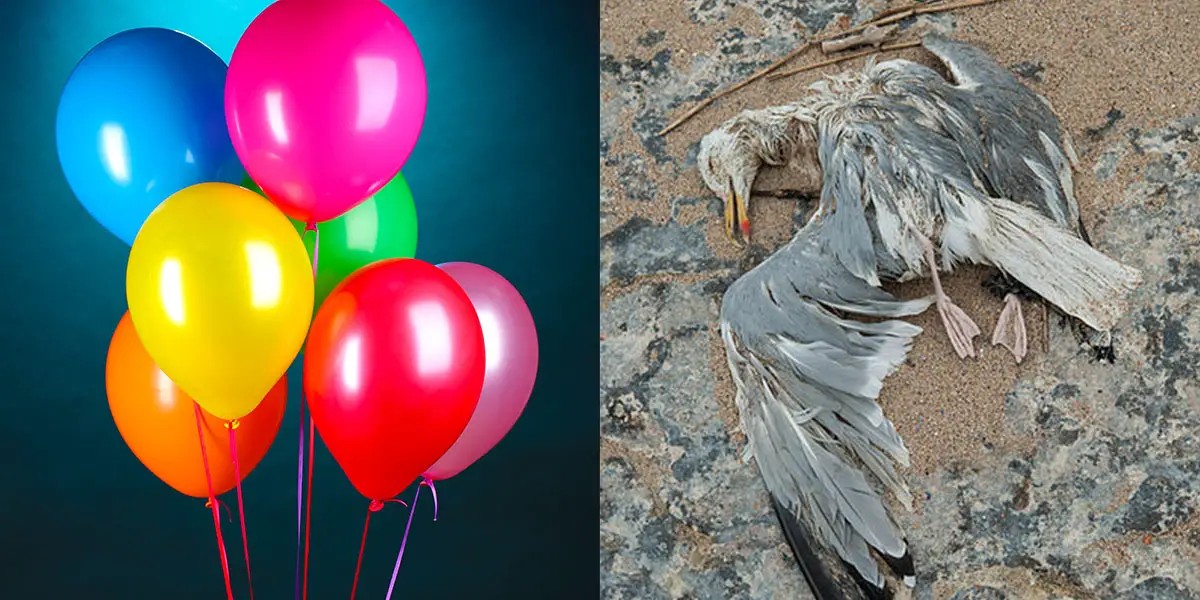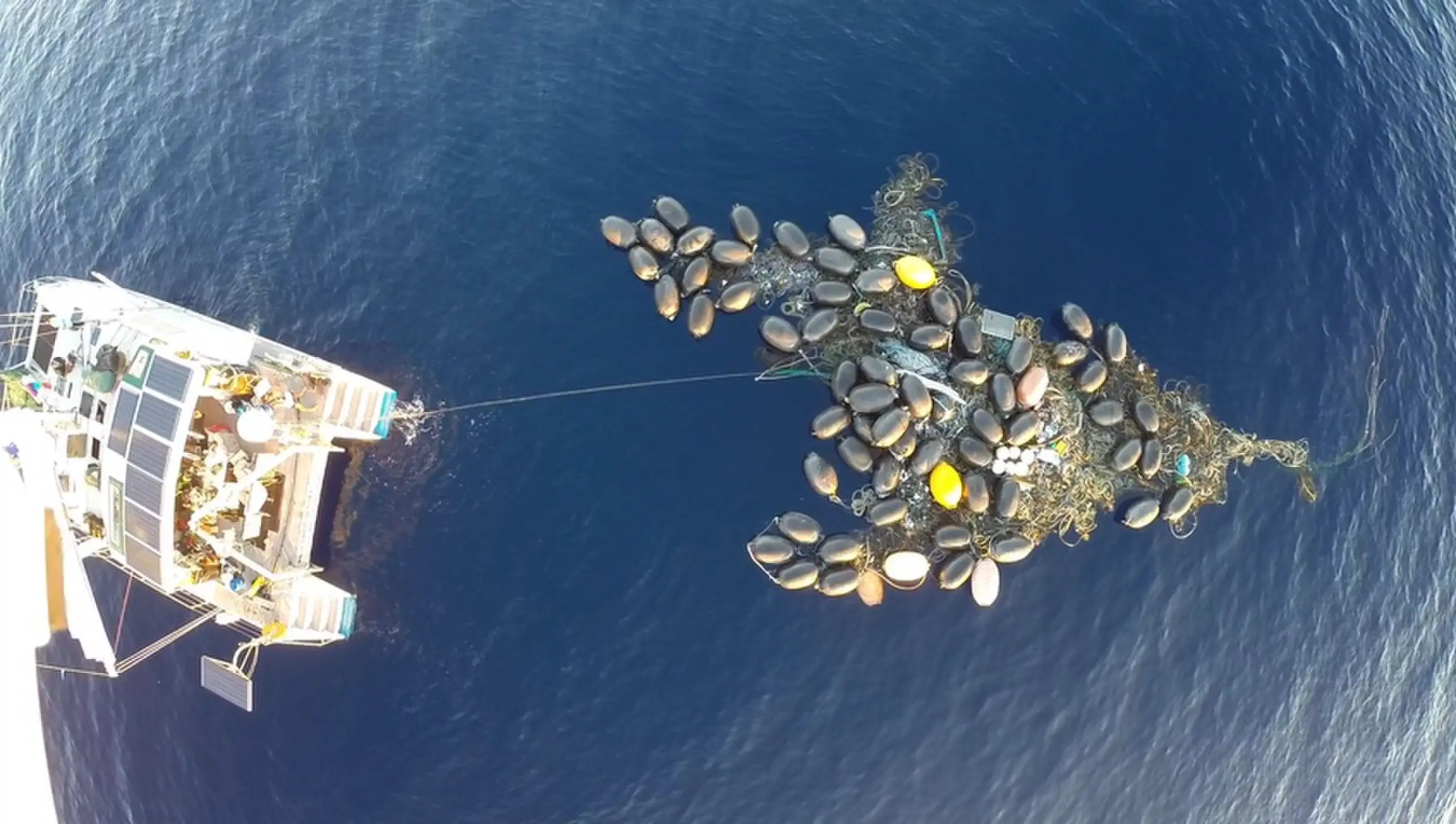Please Stop Using Party Balloons, They Are Killing Seabirds

We are slowly realizing the impact of plastic accumulation in oceans and marine life. Marine animals and seabirds are consuming the innumerable plastic products that are being dumped in the oceans which eventually lead to their death. Out of all the different substances that have been found to be the cause of this – plastic straws were considered to be one of the most critical culprits. But now, researchers have found out about another silent culprit that does more harm to marine animals – party balloons.
We love to play with party balloons, but once the party is over, we forget about them. Many of us release them in the air, watch them as they rise up and disappear around the horizon. But they are not actually disappearing like that – these floating ‘air-balls of fun’ get dumped in the ocean and end up killing many marine animals.
In a survey conducted on more than 1,700 dead seabirds, over a quarter of the deaths were linked to plastic consumption. And 4 in ten of the deaths, the culprit was soft plastic i.e. balloons. Surprisingly enough, balloons only made up just about 5 percent of the indigestible trash present in the stomach of the bird.
It’s quite obvious why balloons happen to be the worst. First, for the birds, they might look like squid so seabirds just swoop down and gulp them down. Then, this product goes into the bird’s guts and then obstructs its digestive canal. As a result, the bird starves and dies because there is no nutritional value that they gain from plastic. Plus, it has been found out that soft plastic is 32 times more dangerous for birds than hard plastic, as per this new study.

The reason is quite simple: hard plastic has to be of a specific shape and size that could get into the guts and block it. On the other hand, soft plastic has the ability to contort and thereby, can squeeze into the stomach cavity and fit easily.
According to a statement by Lauren Roman, who is a doctoral candidate, studying in the Institute of Marine and Antarctic Studies at the University of Tasmania, Australia, the birds who were the subjects of the study were found dead due to the blockages that were created in their gastrointestinal tract. This blockage slowly led to different kinds of infection and complications which eventually led to their death.
It is currently estimated that about 280,000 tons of marine debris are floating all over the oceans of the world. Plus, almost half the seabird population ingest these plastic daily. The squid-like appearance of balloons leads to the mistake that eventually can become a cause of a massive deterioration in the seabird population. There are other factors attached to it too. When a plastic stays in the ocean for a long period of time, they give off a certain smell which attracts the birds. Plus, these products grow a kind of biofilm on them which is also quite attractive. So, a combination of these factors makes plastic debris attractive food for sea birds. These findings were published in the Scientific Reports journal.
However, there is hope. Laws are being passed in many countries where plastic polymers are to be replaced by biodegradable alternatives. Balloons are generally made out of the polymer which persists in the environment without biodegrading. But now, biodegradable polymers are becoming a research avenue which is gaining ground, and so, we might soon get rid of this problem.
Let us hope for a better future and trust the researchers to make a difference. But for now, we, as individuals must reduce the use of plastic products and do our part.
IMAGE CREDIT1: belchonock
IMAGE CREDIT2: Wikimedia
Leave Comment: